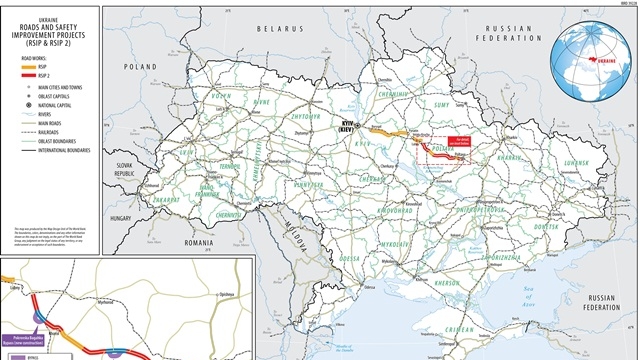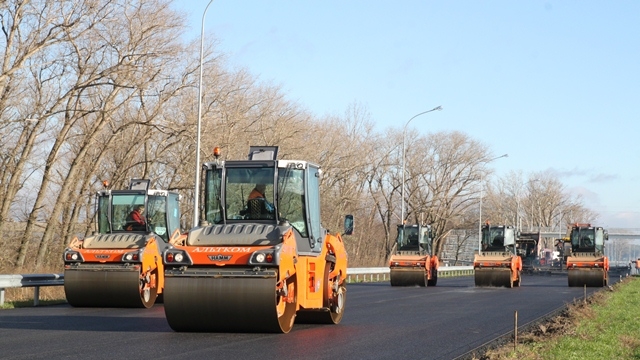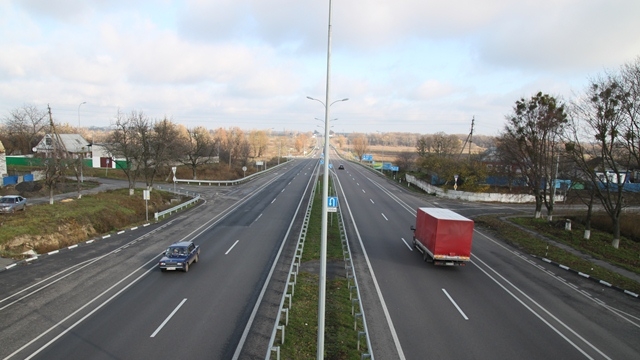Challenge
With a heavy share of more than 11 percent of the GDP correlated to the intensive transport-demand structure of the economy, transport was (and still is) critical to Ukraine’s development. While the sector had been relying heavily on rail and pipelines for heavy freight and long haulage, road transport demand has been growing steadily over the past decades. However, the road network was starting to show traffic capacity bottlenecks, which, compounded by insufficient budget allocations that led to significant network deterioration, was affecting average speed and increasing transport costs. As a result, by the end of the 2000s, more than half of the national road network had excessive roughness, and close to 40 percent presented structural problems. After several years of progress, road safety improvement was stagnating, with fatality rates of about 10/10,000 vehicles, more than double those found in the best performing European countries.




